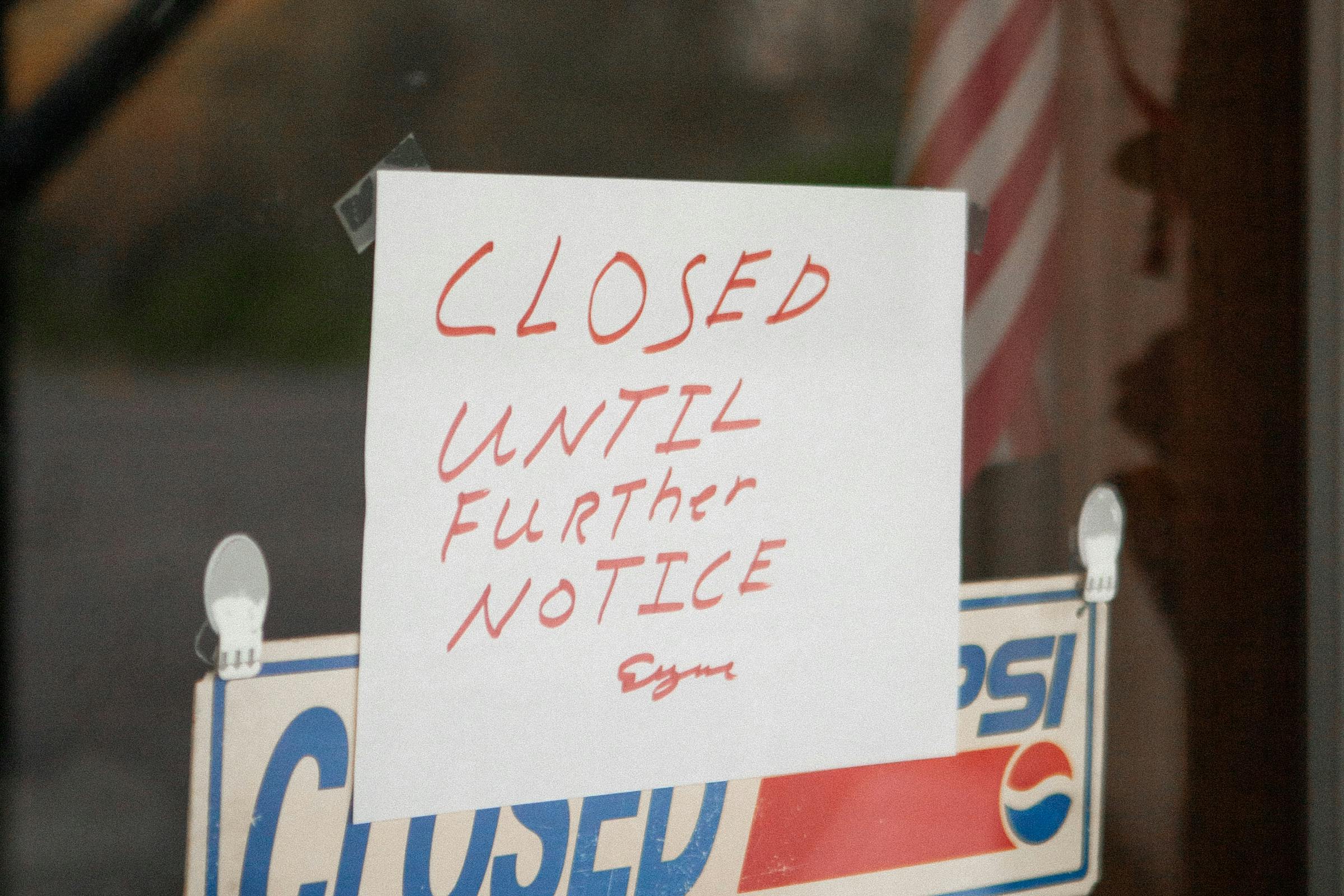Withdrawals, Layoffs, and Revocations
Business is business, and sometimes, through no fault of your own, you find yourself facing a layoff. With an H-1B employee, this means the employer must initiate the process to withdraw their petition by submitting a request for withdrawal and filing those documents with USCIS.
The process of revoking the visa begins at that time, but it can take months to complete. During that time, you may look for a new H-1B employer to initiate a petition for you to work for them.
However, once the revocation is effective, you needn’t leave instantly. The Department of Homeland Security’s Federal Register ruled that there is a 60-day grace period given to all H-1B holders who are unexpectedly unemployed. The grace period extends from the last day of employment. It is only allowed once during each visa validation period, so if you are laid off from your new employer under the same visa, you’ll need to file for a new one.
When your initial employer ends your employment, or your visa status is revoked, you have the grace period of two months to find a new employer, change your visa status, have an I-140 petition filed, or return home. You’re not out of status during this period, which is an important designation to avoid if you want to enter the US in the future.
Green Cards and Other Visa Status Details
You may have an H-1B visa and are in the process of applying for a green card when you find yourself laid off. You’ll need to talk to your immigration lawyer to ensure all of your documents are accurate and completed to continue your green card path if your visa is revoked.
Or your spouse is on an L-1 visa or H-1B status. In those situations, you can change your status and become dependent on their visa. You could also apply for a B-2 or tourist visa until you’ve completed what you wanted to do in the US.
If you change your status to H-4 and obtain a new sponsoring employer, you can switch back to an H-1B. Your new petition does not need to be entered into the cap again unless you move from a cap-exempt job into a cap-subject job.
Reinstatement of an H-1B
When the USCIS revokes your H-1B, you do not have a valid I-129 on record for the initial employer. To get it reinstated, the employer has to refile the petition for you, beginning from the very first steps.
The problem with that is they must wait until the next filing season, which is April of the following year. You’ll also have to wait until October 1st of that year before you can begin working again (unless your employer is cap-exempt).
Sometimes, the employer wishes to retain the H-1B worker without pay. It sounds like a winning situation. The employer can get through their layoff period, and the employee remains in the US on their visa.
However, according to USCIS, workers are only “in status” when they are actively paid and working. Should you need to file for an extension or change your status, you’ll need to show evidence of employment through pay stubs and bank statements.
Site Visits
More frequently, the Fraud Detection & National Security Division has begun the process of conducting site visits. During these visits, an officer from USCIS arrives at the company where an H-1B or L-1 worker is employed. They check the person’s driver’s license and verify the identity of the worker, ask them questions about their work and experience, and determine if the answers are satisfactory.
If there are any issues with the employer or employee’s responses, the officer can initiate steps to revoke your H-1B visa. In general, workers who have nothing to hide shouldn’t worry about a site visit. They’re necessary to prohibit fraud and ensure working conditions and situations adhere to the regulations attested at the petition's beginning.
Loose Ends Regarding Revocations
You may have gotten a severance package with your layoff. However, as mentioned, you are only in status if you are working on the payroll. Your grace period kicks in the day that you are not actively employed. USCIS may ignore gaps in the pay stubs due to a transition in employment, but you should talk to your immigration lawyer about this first.
Cap-exempt employers can still have employees with revoked H-1B visas. The employer or USCIS can initiate the revocation. But if the revocation is an error, employers do not need to wait until the cap window re-opens in April to start the H-1B process again, and employers can continue working before October 1st.
What’s Next?
If you have reason to believe that your H-1B status has been or will be revoked, contact Visa2US. You and your employer will need to follow laws to ensure you’re staying on the right side of immigration. There are also gray areas, such as whether you’re entitled to pay during this period.
You can look for another employer, and when you find one, you’ll need to reinitiate the process of obtaining a petition again. Visa2US streamlines this process to help you start your new job and stay in status.
We understand that the threat of a revoked visa is a serious source of stress. Let us help you remove the confusion and handle the red tape so you can focus on caring for yourself and your family.














